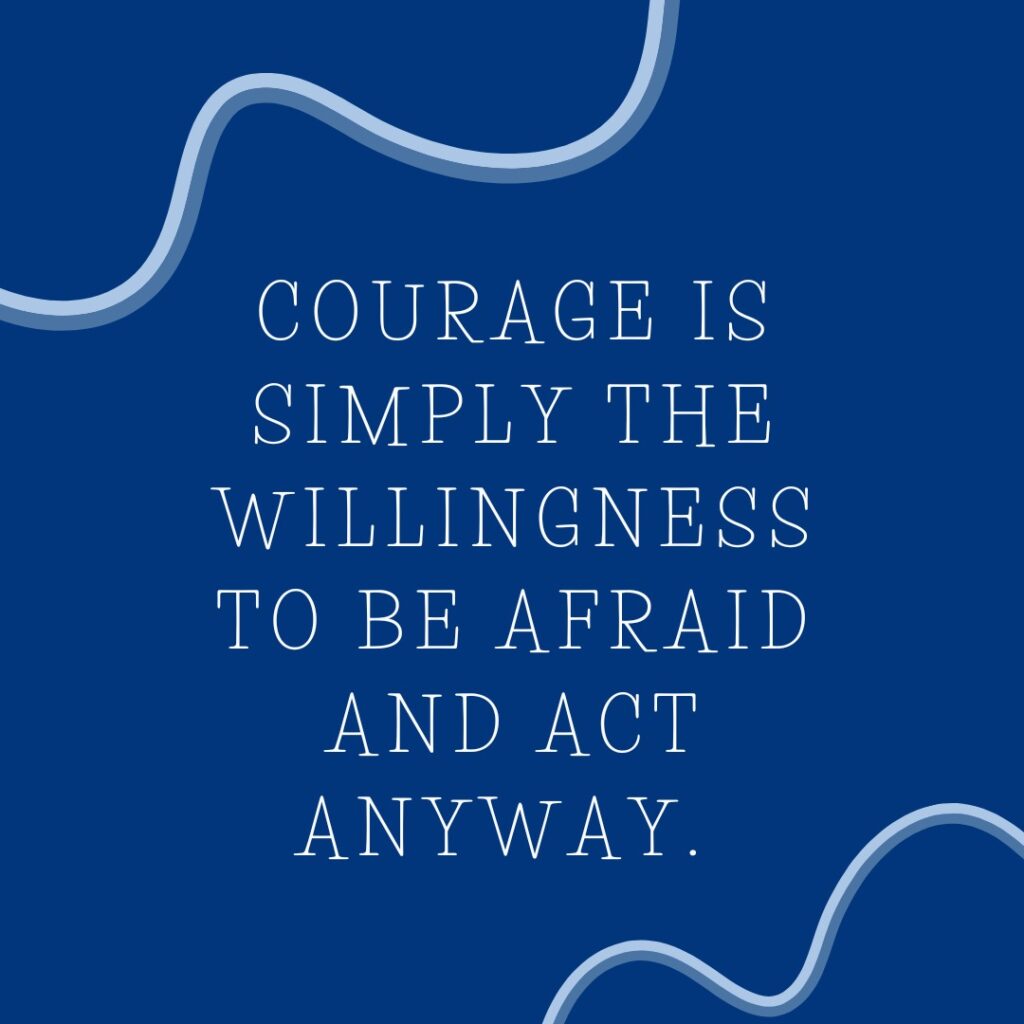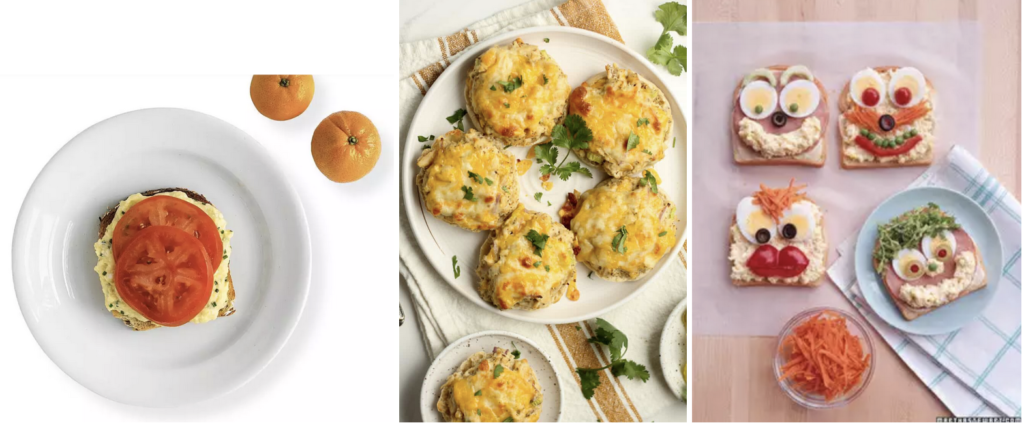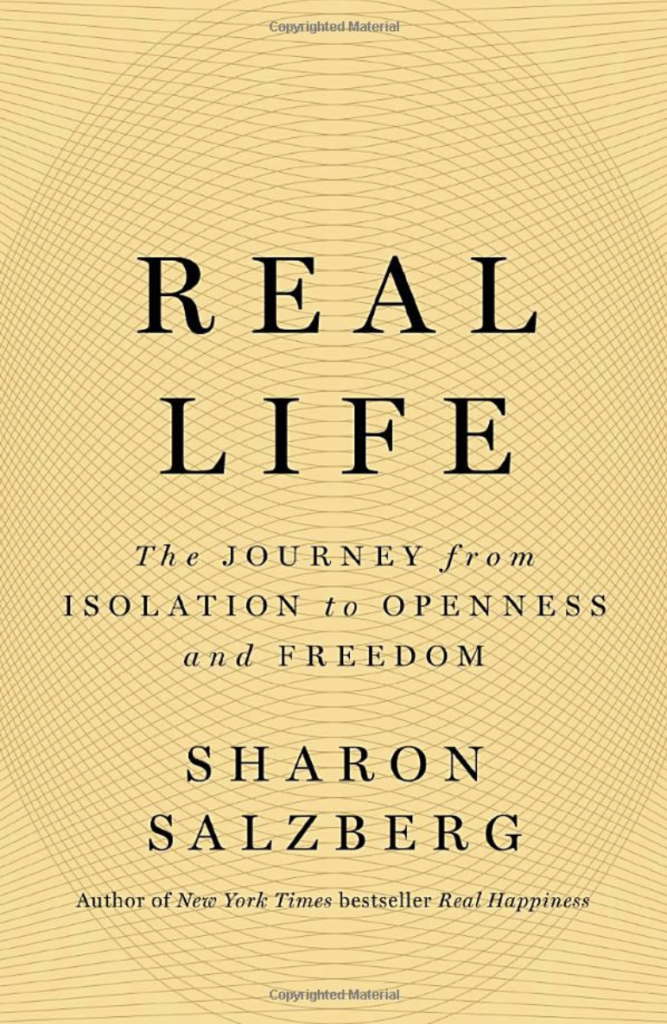Willingness
by Nataleigh Kohn, LMSW
Last December, I became a mom with the birth of my wonderful daughter. Being a new parent has shifted my perspective in countless ways, and one that has been on my mind recently is my relationship with willingness. Willingness is a core pillar of DBT, and a term we use a great deal in our work. In the dictionary, willingness is defined as “the quality or state of being prepared to do something; readiness.” Psychiatrist and theologian Gerald May went deeper in his 1982 writings, often cited by Marsha Linehan, stating “willingness is saying yes to the mystery of being alive in each moment.” On the other hand, he offered that willfulness is its opposite—”saying no, or perhaps more commonly, ‘yes but…’” (May, 1982).
Saying yes to the mystery of being alive in each moment, as it turns out, is no simple task. To invite willingness in moments of frustration, exhaustion, stress—let alone in moments of profound pain and suffering, as we are challenged to do with our distress tolerance skills—takes a great deal of intention and mindfulness. For me, the transition to parenthood brought this very human struggle to the forefront. Through labor and delivery, my postpartum stay in the hospital, those first weeks of living with a newborn, and beyond, my mind and spirit have often been moved toward willfulness. We know we are being willful when we find ourselves denying reality, crossing our arms, throwing our hands up, telling ourselves “this isn’t fair” or “I shouldn’t have to do this.” All very familiar thoughts to a new mom, or at least to this one.
So how do we turn our minds toward willingness when it feels like every fiber of our being is planted firmly in the other direction? How do we invite our arms to uncross, our stance to soften, and our no to turn into a yes? The practice of willingness calls us to notice our willfulness—and not only to notice it, but to accept and allow it. It turns out that in order to get ourselves to a yes, we first must accept that we are not yet there. With this awareness and acceptance, we do our best to consider being willing. Perhaps this looks like a shift in perspective, a reminder of why we must do what we do, or why things are the way they are—that, really, things could not be any other way.
Often times, we use our body to invite willingness through the practice of Half Smile and Willing Hands. We may notice willfulness rise back to the surface (in fact it’s nearly inevitable). and in those moments, we continue to do what is needed—to acknowledge and accept our no to the mystery of being alive, and then continue to fight to say yes.
WORDS OF WISDOM

MEME OF THE WEEK
MUSIC
BOOK OF THE WEEK
(Click below to Purchase Book)
ACTIVITY
MENU

Open Egg Face Sandwich, Classic Tuna Melt, Open Face Sandwiches
CONTRIBUTE

